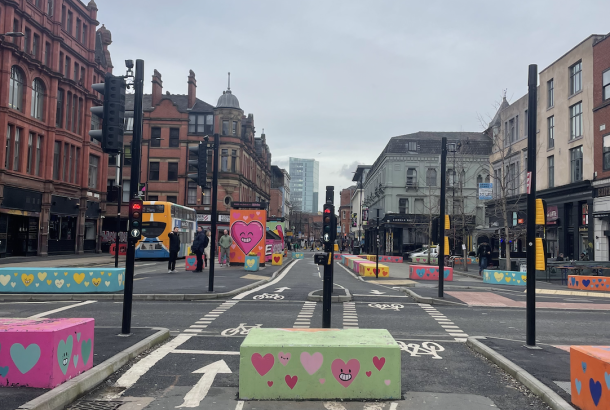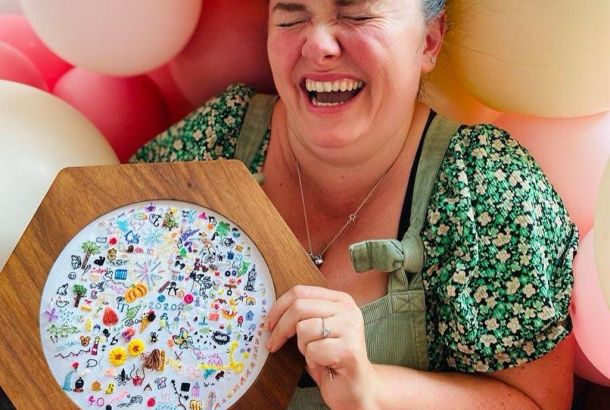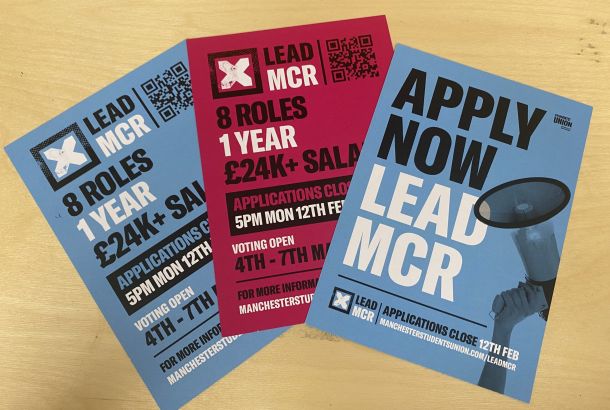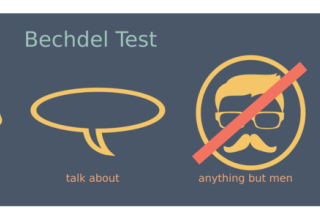Re-bunking the myths of veganism
1) Aren’t humans meant to eat meat?
We are omnivores by evolution. When the ancestors of modern humans began consuming meat 2.6 million years ago, the size of their brains increased. The evolving of the organ that differentiates humans from other organisms is closely associated with meat’s rich nourishment and the complicated act of hunting. Harvard biological anthropologist Richard Wrangham agrees that hunting and cooking food is what transformed ancient genes to current ones. Calorie-dense food made our brains grow and supplied the appropriate energy to spread our genes. Our ability to consume a wide variety of Earth’s bounty ensures that extinction is never a threat. Because hunting and cooking requires co-operation, eating meat socialised us and led to the origins of today’s societies. Humans’ omnivorous quality is one of our greatest survival advantages.
2) What is actually wrong with farming animals?
There is nothing wrong with farming animals as long as the animal does not suffer. I doubt that anyone would defend factory farming and agribusiness’s horrific way of raising livestock. But the proliferation of sustainable farms that treat animals with respect from birth to death make eating meat an ethical possibility. A free range cow that turns nutritionally insignificant grass and sunlight into condensed calories is a far cleaner option than fossil fuel powered tractors harvesting soy for heavily processed, soy based, vegan friendly products.
3) But what about health? Is it true that vegans are nutritionally deficient?
Human nutrition is a complicated thing. This is how companies can make so much money selling dubious health products to the public. A diet that will give one person continuous energy will give someone else a headache. What should be eaten for optimal living will vary from person to person. The one recommendation all physicians give is to have a balanced diet. Even pro-vegan Dr. Joel Fuhrman believes that running on a 100 per cent vegan diet can result in “suboptimal levels” of nutrients like omega-3 fatty acids DHA and EPA, iodine, and zinc.
The myth that red meat and animal fat cause cardiovascular diseases is based on the 1953 Keys study that actually shows no causation between the two and has led us defenceless against the true culprit: sugar.
Just like subsisting on meat alone is foolish, so is the belief that vegetables are unquestionably healthy. Like any living thing, plants have defense systems against predators. Plants naturally produce poisons without the aid of applied chemicals (pesticides). They are not sentient beings, but like animals, they are biologically inclined to stay alive and perpetuate their species. For this reason, raw cabbages like broccoli, cauliflower, and kale contain compounds that—if not counterbalanced with enough iodine—could lead to hypothyroidism, slowing hormone production. Eating spinach for the sake of attaining iron will only be possible after the vegetable is cooked. Spinach contains oxalic acid, and when eaten raw, will combine with the plant’s iron to form a molecule too big for humans to digest. The acid is denatured when the vegetable is cooked—which we can then eat in order to obtain iron.
Studies have not concluded whether the health difference between a whole foods based diet that includes a small amount of meat, or a vegan diet is significant enough to advocate one over the other.
4) Surely we can still eat meat if it can be done more humanely?
No food is completely free of death. While unintentional, the accidental killing of small animals in fields used for cultivated plants does occur. Oregon State agricultural scientist Steven L. Davis calculates that the number of small animals killed to grow crops is high enough to justify using more land to raise large ruminants rather than edible plants. If veganism is chosen on the basis of overall suffering, one has to consider that there would be less pain if large mammals were also eaten. Davis concludes: “Humans may be morally obligated to consume a diet from plant-based plus pasture-forage-ruminant systems.”
Whilst many of us are at least familiar with the word “halal”, its strict killing procedures should be mentioned. A small prayer is said as a reminder to give thanks before a sharp knife makes a deep incision into the trachea and jugular vein (front of the throat) for the quickest death possible. An animal must never watch the slaughtering of another animal and the sharpening of the knife must never be done within the animal’s sight. Halal meat does not exist in the same domain as a factory farm as the abhorrent conditions do not comply with the stress-free experience that animals must have before dying. Though difficult to stomach, knowing where our food comes from is crucial to fully appreciating our meal.
That being said, there is an option that does not involve any animal giving up its life. New Harvest is a non-profit organization spearheading the field of cellular agriculture. They are in the process of developing milk, egg white, and meat products in vitro (cell culture) rather than from an animal. Because cells are capable of multiplying in nutrient-rich environments, they can be taken from live farm animals without the act of killing. But not all mediums need to include animals. In biomedical research, most cell cultures have been made using animal blood. Taking it one step further, their researchers are now using sources like plants and micro-organisms to grow cells. Isolated cells are immersed in nutrients, allowing them to multiply and increase their protein content. Resulting cells will be used just like a boneless, skinless, chicken breast; or if you prefer, sausage, hamburger, or chicken nuggets. Cultured meat is analogous to how bread, cheese, yoghurt, and wine are made: they all involve processing ingredients derived from natural sources. Muufri milk and Clara Foods egg whites are estimated to be on the market within the next few years.
5) So what about plants that are living organisms too?
Plants are not sentient, and neither are sea molluscs (oysters and mussels). For some animals, what it means to feel pleasure and pain cannot be reduced to a yes or no answer. But sessile bivalves (organisms that are unable to move and simply open and close their shells) have such simple nervous systems that while pain might be registered, they are unable to differentiate good from bad stimuli. Since they filter out excess nitrogen, mollusk cultivation improves water quality and has a minimally negative (no) impact on their ecosystems. There exists a philosophical road for when any animal’s pain becomes our understanding of pain—it just does not involve oysters and mussels.
We bring these animals into existence. Without us they would have no life.
The suffering of animals is wrong, there is no debate about that. When animals die in the most ideal ways however, we have to consider that the farmers are helping them continue on their species, caring for their young, and giving them a life where they would not have to worry about predators. It involves more than just their death. There are a couple things we should reflect on before that final moment of killing. Do we agree that the moral choice of doing the greatest good for the greatest number of people is right in this situation? Are we willing to divide the world into what is worthy of being sparred the inevitable and what is not worthy? Each person needs to recognize that their meat came from an animal that had to be killed. Animals can willingly and knowingly walk into the slaughterhouse themselves, but it all comes down to those final moments. Death comes to all of us, it’s just a matter of how and when it comes.
6) How does veganism help the environment and humanity?
The idea that meat production is to blame for climate change is false. As the gold standard of global warming monitors, the Intergovernmental Panel on Climate Change has said in 2006 that emissions from all of farming (tractors, agrochemical production, tillage, etc.) was 10 per cent to 12 per cent of global emissions. As of 2014, the UN Environmental Program asserts that the number for all of agriculture is 11 percent—with cattle being a small percentage of that. World agricultural carbon dioxide emissions result from clear cutting of woods, or deforestation. Brazil—the country experiencing the most deforestation—has their tropical forests cut to make way for soybean fields. These are then shipped for food products and animal feed. But since cattle are mostly raised on grass, farmers and ranchers buy no soy and cannot be blamed for these emissions. According to the Organic Consumers Association, soybeans from Brazil can be traced to tofu and soy milk sold in American supermarkets.
Zimbabwean ecologist and environmentalist Allan Savory’s Holistic Grazing theory suggests that ruminants (antelope, bison, cows) create healthy grasslands when they are kept in groups and are moved from place to place—by naturally digging up grass and leaving manure. According to Savory, this allows grasslands to thrive, preventing the erosion of topsoil. Their nutrient-rich manure promotes deeper root growth of grasses, absorbing and retaining water and carbon dioxide. Moving these herds would require cowboys, bringing jobs to the farm country.
As factory farming hurts the Earth, so does destructive agricultural practices that hurt the land. Irresponsible practices can be replaced with perennial polyculture. This means that plants wouldn’t need to be replanted every year (preventing erosion), and multiple crops would be planted in the same area. Benefits of polyculture include (but is not limited to) a reduced susceptibility to disease, leading to the decreased use of pesticides, and increased biodiversity in said area. When vegans simply blame the meat industry for environmental problems, they are drawing attention away from more pressing issues within their own community.
Livestock provide critical food and cash for the global poor, many of whom live in places where plant crops cannot be grown. And in terms of helping humanity, migrant workers picking vegans’ fruits and vegetables under harsh circumstances render their claims for having a lower carbon footprint fallacious.
7) How much difference can the actions of one person really make?
Each of us can make some difference. Our generation was raised on that belief and it’s especially pertinent now that we can make our own choices. If vegans (or anyone) are telling people to vote with pounds through consumption choices, people will think that is all that is required of them. The public will believe that by just switching brands or watering their lawn less, it will help our environmental situation. Just being a vegan—while nice—is not enough to change public policy. Vegans are not entitled to the claim that their lifestyle helps the environment, the economy, animals, humanity, or (unless prescribed) their own health. The only thing vegans can affirm is that they perceive death differently from us.







